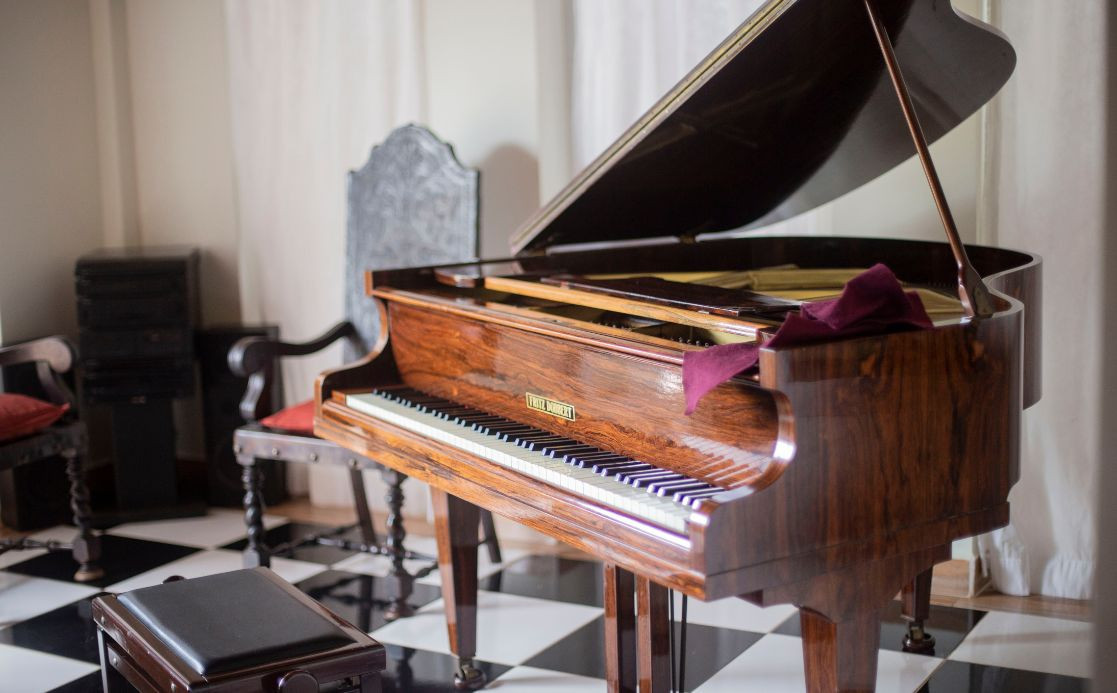How to Bring Old Pianos Back to Life

Restoring your old piano is certainly an exciting process that requires the right level of technical skills, patience, and craftsmanship. The old piano can be a family heirloom or a vintage piece of musical equipment. However, when you restore it perfectly, it will once more regain its musical and visual charm. To let you know how to bring old pianos back to life, here is our helpful guide.
1. Checking the Piano’s Condition
Before you start with the piano restoration, check its condition first. See for any signs of external damage like dents, peeling veneer, or scratches. You should examine the keys for signs of discoloration or chips in them. Be sure to check the responsiveness of those keys. Inside the piano, inspect the components like the soundboard for cracks, and rust on strings, and evaluate the condition of its hammers, pinblock, and dampers. You can do it yourself, if you have some technical prowess, otherwise, call a professional like a piano luthier.
2. Cleaning and Polishing
Sometimes a simple yet thorough cleaning and polishing can do wonders. Start by dusting the exterior of it with a soft damp piece of cloth. If it has a stubborn-looking grime on it, use a mixture of mild soap in hot water. However, do not oversoak the wood part to prevent moisture damage. Its keys need to be cleaned with a solution of white vinegar and warm water. Do this gently otherwise the water will seep within the keybed. Polish the wood of the body with a piano-safe polish and its original luster will come back.
3. Restoring the Keys Tuning and Regulating
Any old piano has the problem of falling out of tune because of the stretch in strings or a loose pinblock. The tuning will adjust this tension to create a correct pitch, a task handled by a professional only. Regulation of the piano means fine-tuning the other components like dampers, hammers and pedals for consistent performance.
4. Repairing or Replacing the Soundboard
The soundboard of the piano amplifies its vibrations which is the crucial part of its tonal quality. There will be cracks or splits in an old piano’ soundboard which can distort its sound. To repair these, you need wood fillers or cleats. In case, the damage is too extensive, you can consider replacing the soundboard entirely but know that this will be a costly and complex process.
5. Restringing the Piano
If the strings of the piano are rusting or broken, the sound will be compromised. Restringing is the removal of old string, cleaning the frame, and installing new string with a degree of precision. This process requires the use of special tools and the right knowledge of the string gauges and tensions. This is why, you should call a professional service provider for restringing.
6. Repairing the Pinblock and Action
The pinblock holds all the tuning pins which control the string tension. If the pinblock is loose or has cracks in it, it will affect the tuning stability. Repairing or replacing these pinblocks ensures you get a secure grip on the pins. Likewise, the refurbishing the action components like shanks, dampers, and hammers will revitalize the tonal consistency and responsiveness of the piano.
7. Refinishing the Case
A faded or scratched piano case will diminish its beauty. Its refinishing includes sanding down the older finish and applying a new wood stain or paint on it. Afterward, you must seal it with a durable lacquer. Doing this will improve the appearance of your piano and protect it from any damage in the future.
8. Balancing Costs and Sentiment
Restorations for old and antique pianos are generally quite expensive. This is why, we ask you to weigh in your sentimental value against the piano’s repairing costs. In some cases, a partial restoration like minor repairs, cleaning, and tuning will bring the old piano back to life.
9. Maintaining the Restored Piano
Once you are done with the old piano restoration, you need to perform regular maintenance for it to preserve its condition. The piano should be placed in a room with controlled temperature and humidity levels. Check for the signs of wood expansion and contraction in each season. Put a professional luthier on the retainer to do regular tunings and cleanings to keep the piano in shape for years to come.
Conclusion
You can bring back old pianos back to life with the labor of love. The restored piano will be like a new piece that will fit in nicely within your space and fill it with melodic sounds. From minor fixing that you DIY to enlisting a professional technician, the journey of piano restoration will connect you with the craftsmanship and artistry of the piano’s design.
